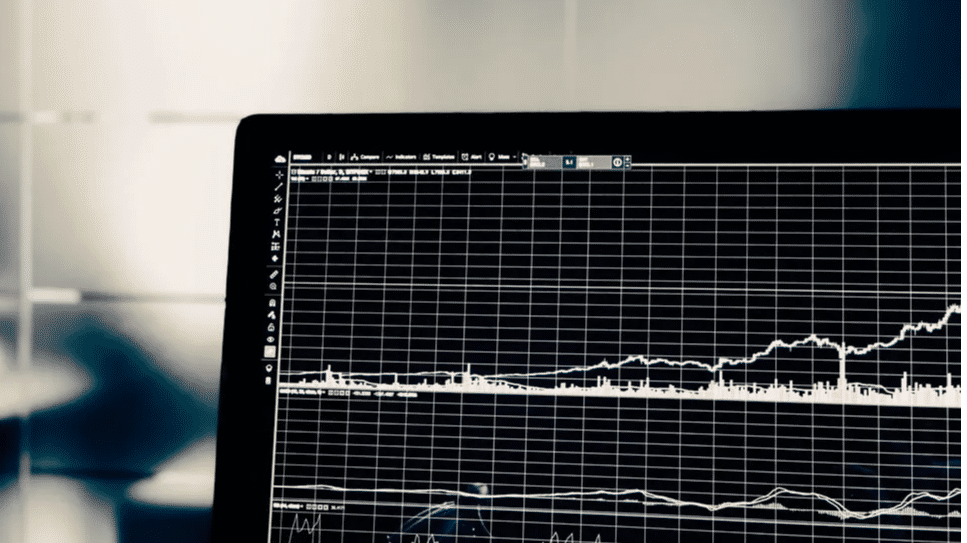The Reserve Bank of India (RBI) raised the
repo rate by 50 basis points (bps) to 5.4% on Friday. The
three-day Monetary Policy Committee (MPC) meeting started on August 3 and was chaired by RBI Governor Shaktikanta Das along with other MPC members.
Major indices like Nifty50 rose 74 points to trade at 17,456.15, whereas the S&P BSE Sensex climbed over 250 points to trade at 58,549.01 after the announcement on Friday.
In the previous meeting, which was held from June 6 to June
8, RBI MPC announced a 50 bps increase in repo rate to 4.90%. The MPC agreed
unanimously to keep the focus on the withdrawal of accommodation in order to
keep inflation within target in the future, the RBI Governor said.
Also Read | RBI monetary policy committee meet: An overview
In May 2022, the RBI
unexpectedly hiked the key interest rate by 40 basis points to 4.40% in a bid
to contain inflation, which has stayed persistently over goal in recent months.
The announcement caused market indexes to fall substantially, with the BSE
Sensex falling more than 1,400 points in intraday trade to settle at 55,669.03.
While the NSE Nifty finished below 16,700 following a 391-point loss.
Also Read| Key announcements from RBI Governor Shaktikanta Das
Investors’ wealth on the BSE plunged by more than 6.27 lakh crore in a single day, showing that investors were caught off guard by the RBI’s unexpected move in May. However, the potential of the same was in the cards, but not so soon. Another unexpected issue was the continuation of the accommodative stance.
Also Read| RBI raises CRR by 50 bps to 4.5% from May 21 to tighten liquidity
The hike in the repo rate, which is the rate at which the RBI lends to commercial banks, from a record low of 4% to 4.40% is the first since August 2018, as well as the first time the RBI governor-led monetary policy committee (MPC) has held an unscheduled meeting to raise interest rates.
Also Read| LIC IPO live updates: Largest public issue opens for subscription
The link between the stock market and interest rates is inverse. When the central bank raises the repo rate, the stock market reacts immediately. This implies that a rise in the repo rate causes companies to scale back on expansion investment, resulting in a drop in growth and an impact on earnings and future cash flows, culminating in a drop in equity prices.
Also Read| Gold, silver and other metal prices on Thursday, May 5, 2022
Markets will eventually crash if more companies follow suit. In simple terms, an increase in interest rates leads to an increase in savings and a decrease in the flow of money into the economy, resulting in a stock market downturn.
Also Read| Fresh repo rate hikes on cards, say experts ahead of RBI’s MPC meeting outcome
Furthermore, the impact of a lower repo rate does not affect all sectors in the same way. Capital-intensive sectors such as capital goods, infrastructure, and so on, for example, are more exposed to these changes due to large capital or debt on these companies’ books. While equities in sectors such as information technology (IT) and fast-moving consumer goods (FMCG) tend to be less affected.
Also Read| RBI MPC meeting: Here’s an overview of the last 8 meetings
By altering the repo rate, the RBI balances inflation risk and economic growth. The repo rate is one of the tools at the central bank’s disposal for controlling the money supply. Stock markets respond strongly to any indication of such changes.







